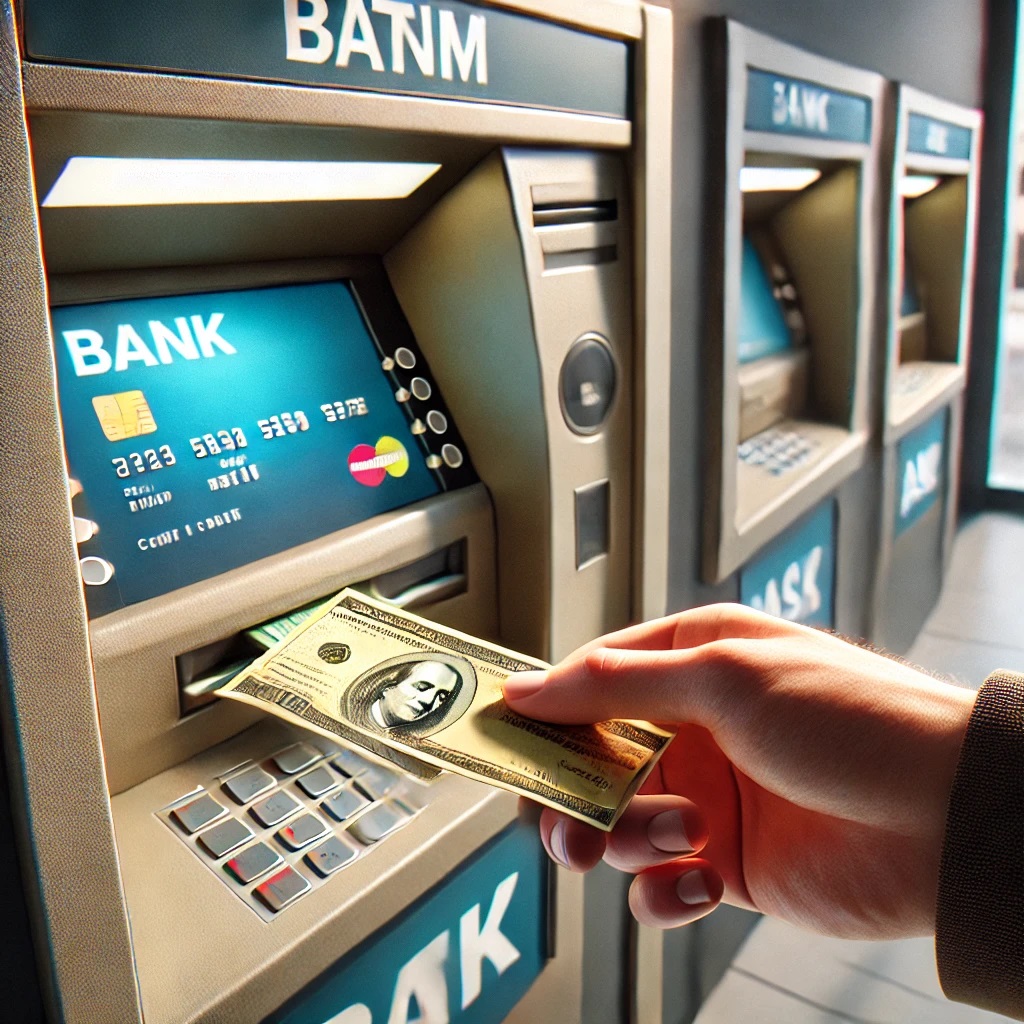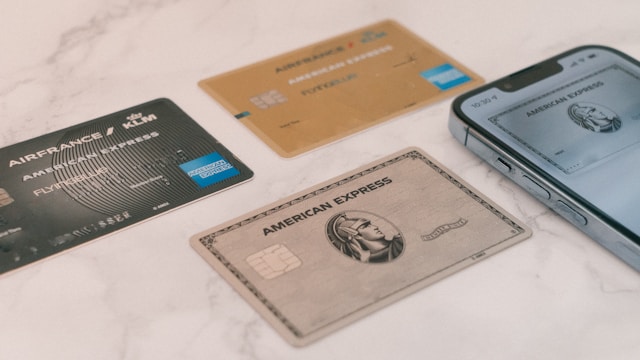A cash advance on a credit card allows cardholders to withdraw cash from their available credit limit, much like using a debit card at an ATM. However, unlike regular credit card purchases, a cash advance often comes with high fees and interest rates, making it an expensive way to access cash.
How Does a Cash Advance Work?
A cash advance works by allowing you to withdraw money using your credit card in one of the following ways:
- ATM Withdrawal: Insert your credit card into an ATM, enter your PIN, and withdraw cash.
- Bank Withdrawal: Visit your bank or a financial institution and request a cash advance.
- Convenience Checks: Some credit card issuers provide checks that can be written to yourself for cash withdrawal.
- Online Transfers: Some banks allow cardholders to transfer funds from their credit card to their checking account as a cash advance.
Cash Advance Fees & Interest Rates
A credit card cash advance comes with higher costs compared to regular transactions, including:
- Cash Advance Fee: Typically 3% to 5% of the transaction amount.
- Higher Interest Rates: Often exceeding 25% APR, which is higher than the standard purchase APR.
- Immediate Interest Accrual: Unlike purchases, cash advances do not have a grace period—interest starts accruing the moment the transaction is made.
- ATM Fees: Additional charges imposed by the ATM operator.
Pros & Cons of Cash Advances
Pros:
✔️ Quick access to cash ✔️ No need for approval like a loan ✔️ Useful in emergencies
Cons:
❌ High fees and interest rates ❌ No grace period—interest starts immediately ❌ Can negatively impact your credit score if overused
Alternatives to a Cash Advance
Given the high costs of a credit card cash advance, consider these alternatives:
- Personal Loan: Lower interest rates than cash advances.
- Borrow from Friends or Family: Avoid high fees and interest.
- Credit Card Purchases: Instead of cash, use your card for direct payments.
- Line of Credit: A more flexible borrowing option.
- Employer Cash Advance: Some companies offer salary advances for emergencies.
Does a Cash Advance Affect Your Credit Score?
Yes, a cash advance can impact your credit score in several ways:
- Increases Credit Utilization: Higher balances reduce your available credit, which can lower your score.
- Potential Late Payments: If you struggle to repay, missed payments hurt your credit.
- High Interest Accumulation: If left unpaid, interest quickly adds up, increasing debt burden.
How to Avoid the Pitfalls of a Cash Advance
If you must use a credit card cash advance, follow these tips to minimize costs: ✅ Borrow only what you need to reduce fees and interest. ✅ Pay it off quickly to avoid accumulating high interest charges. ✅ Check for hidden fees before making the withdrawal. ✅ Use alternative options if possible, such as a personal loan or overdraft protection.
Final Thoughts
A cash advance on a credit card can be a helpful short-term solution, but it’s crucial to understand the high costs involved. Exploring alternative borrowing methods and maintaining a healthy credit strategy can save you from unnecessary debt. If you frequently find yourself in need of cash advances, consider revisiting your budgeting and financial planning to avoid future reliance on high-cost credit options.



